How CATWOE Works
CATWOE is a mnemonic that was derived by Peter Checkland in his “Soft Systems Method” (Checkland & Scholes, 1990).
On its own, it can be useful for checking the features that may be in any defined goal or problem.
The method helps you take a 360 degree look around a situation by looking at these aspects and how they interrelate to each other, where the emphasis lies and potentially any risks.
The Aspects of CATWOE
- C= Customers
In your goal definition – or in the problem definition, who is the customer? Who receives the outcome from what you are trying to analyse: is it beneficial to them or an endangerment?
- A= Actors
In this scenario (the goal or the problem), who plays an active role? Who is responsible for the activities being carried out, who participates and who should be informed?
- T= Transformation Process
This is the series of actions or activities that take place; the central activity of the system; it is what transforms the inputs into the outputs.
- W=Weltanschauung
The “Weltanschauung” or way of looking at the world describes the system of beliefs or values that are involved. Here you look at those beliefs or values that are embedded in and around the transformation process by the actors. Does your goal or defined problem have these expressed? The important thing is to remember that the implied Weltanschauung must be looked at.
- O= Owners
Who own this process, not in the financial sense, but in the sense of: who are the people who have the power to stop this goal being realized or this problem coming to a solution?
- E= Environmental Restraints.
These are the influences from the environment that will affect the situation such as regulatory affairs, resources limitations, ethical issues, etc.
Doing the Analysis
Naturally, after doing a analysis, the defined goal or solution must not have all these aspects included. This would simply make your definition too bulky. The important thing with this analysis method is to use these 6 dimensions to ensure that you have all the aspects covered, by checking whether they should be included!
Try out this method as part of your Strategy Definition Process or as part of your Problem Solving Approach.
TRAINING VIDEO
We have prepared a Training Video on this topic.
Have you got a few minutes?






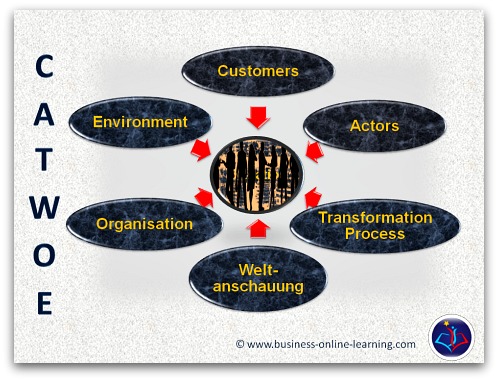
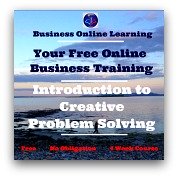
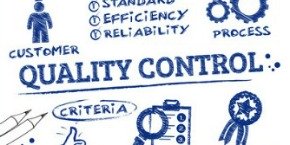

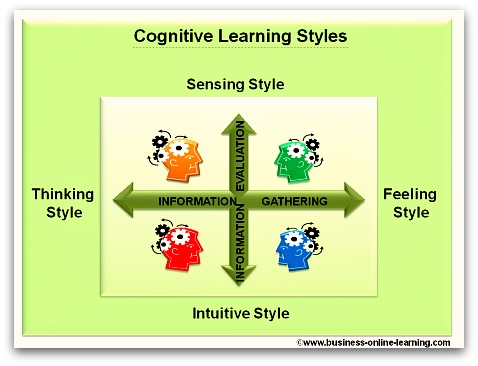
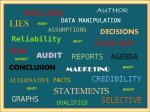
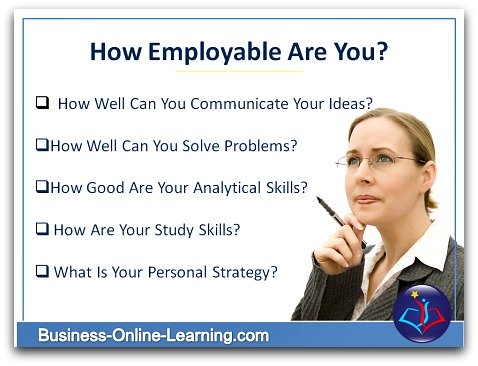
 My name is Martha and I have worked for over 30 years in various aspects of business and in various countries, right around the world.
My name is Martha and I have worked for over 30 years in various aspects of business and in various countries, right around the world.